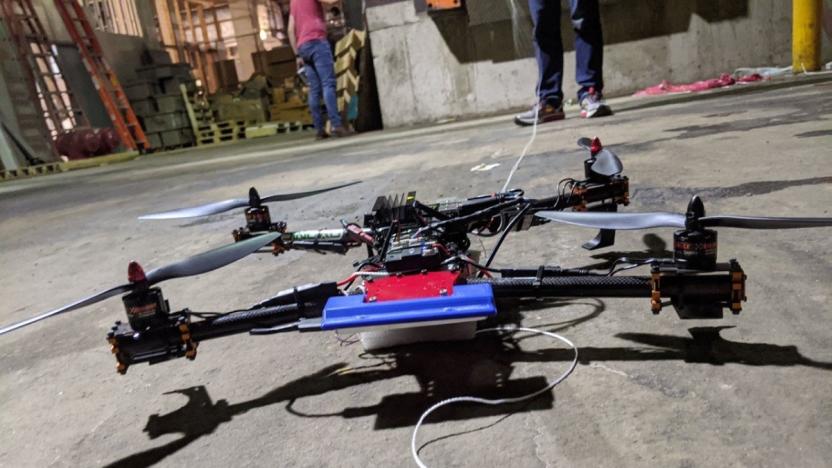university of illinois chicago
Latest

The US Army wants to build an autonomous drone charging system
The military funded a four-year research project into the technology.

Researchers out faux product review groups with a lot of math and some help from Google
Ever consulted a crowdsourced review for a product or service before committing your hard-earned funds to the cause? Have you wondered how legit the opinions you read really are? Well, it seems that help is on the way to uncover paid opinion spamming and KIRF reviews. Researchers at the University of Illinois at Chicago have released detailed calculations in the report Spotting Fake Reviewer Groups in Consumer Reviews -- an effort aided by a Google Faculty Research Award. Exactly how does this work, you ask? Using the GSRank (Group Spam Rank) algorithm, behaviors of both individuals and a group as a whole are used to gather data on the suspected spammers. Factors such as content similarity, reviewing products early (to be most effective), ratio of the group size to total reviewers and the number of products the group has been in cahoots on are a few bits of data that go into the analysis. The report states, "Experimental results showed that GSRank significantly outperformed the state-of-the-art supervised classification, regression, and learning to rank algorithms." Here's to hoping this research gets wrapped into a nice software application, but for now, review mods may want to brush up on their advanced math skills. If you're curious about the full explanation, hit the source link for the full-text PDF.

StripeSpotter turns wild zebras into trackable barcodes
We've heard plenty of stories over the past few years about tagging animals with RFID chips, but we've never been particularly keen on the idea. Well, now a team of researchers has come up with a much less invasive way of tracking individual animals -- specifically zebras -- by essentially using their stripes as barcodes. StripeSpotter, as it's known, takes an isolated portion of a photograph of a zebra and slices it into a series of horizontal bands. Each pixel in the selection is then fully converted into black or white, and the bands are in turn encoded into StripeStrings, which eventually make up a StripeCode that resembles a barcode. All this information is stored in a database that allows researchers to directly identify particular animals without ever having to get too close. StripeCode may be a zebra-centric application for now, but its developers see it making a mark across the food chain with the inclusion of other distinctly patterned beasts, like tigers and giraffes. Animal tracking hobbyists can get their own free copy of the application by clicking on the source link below.


